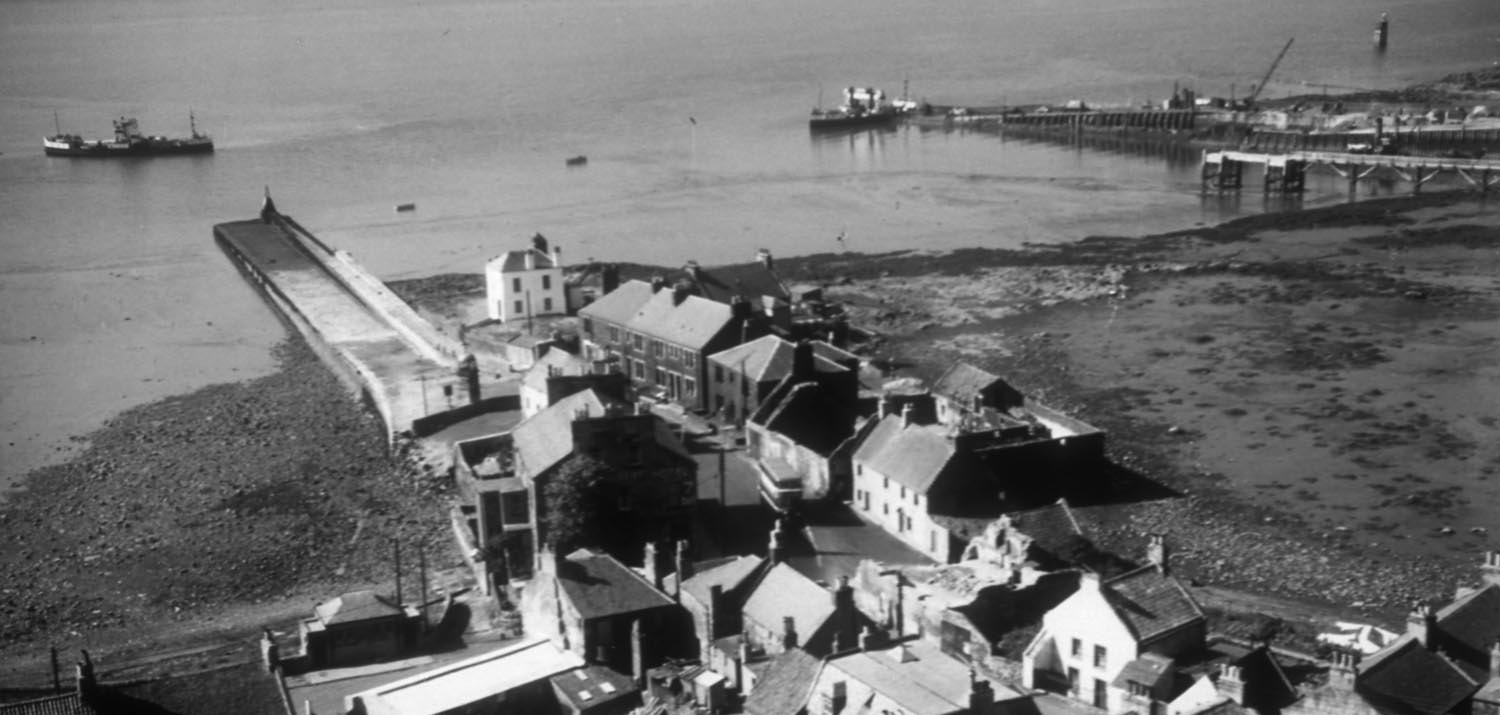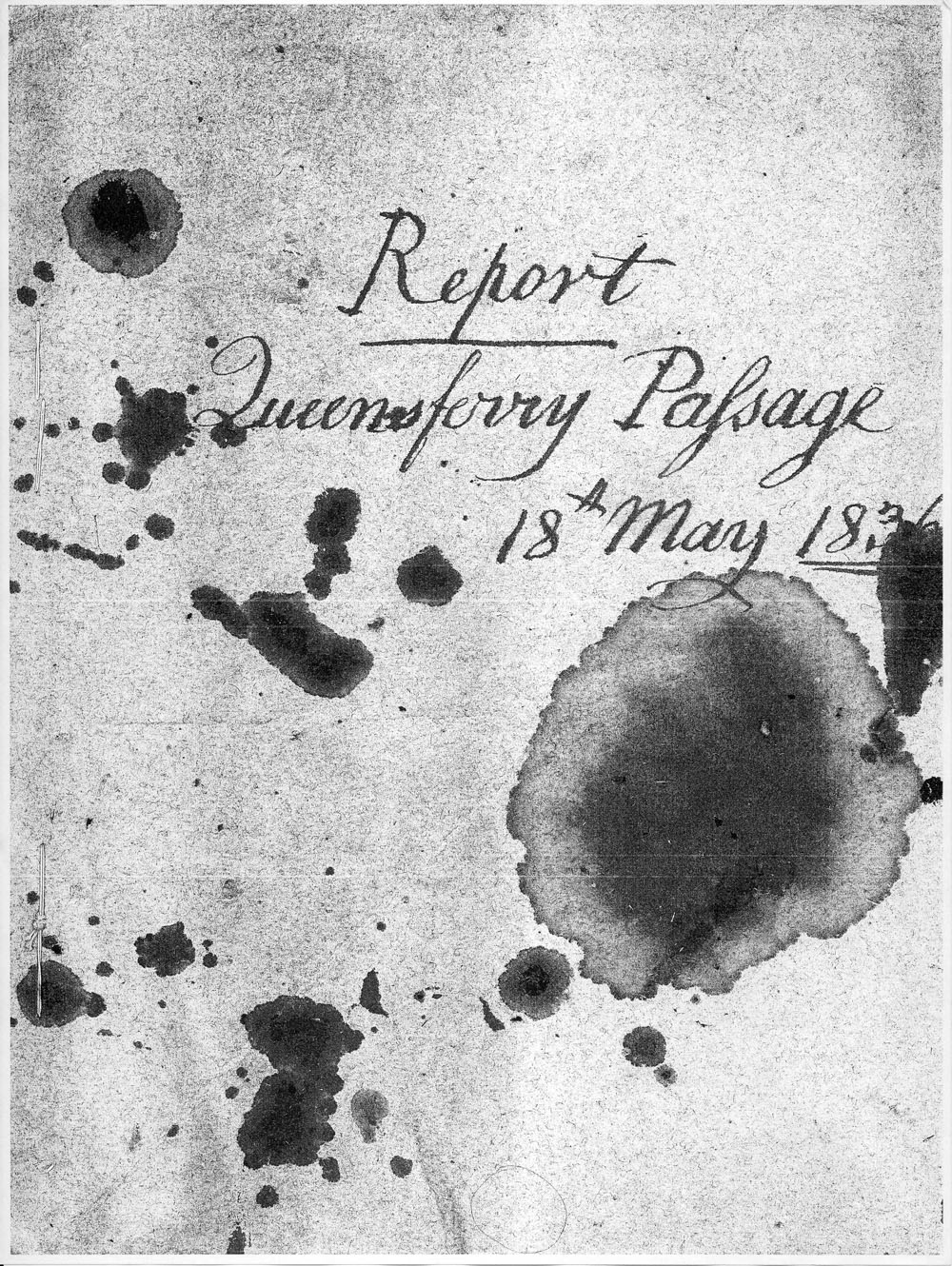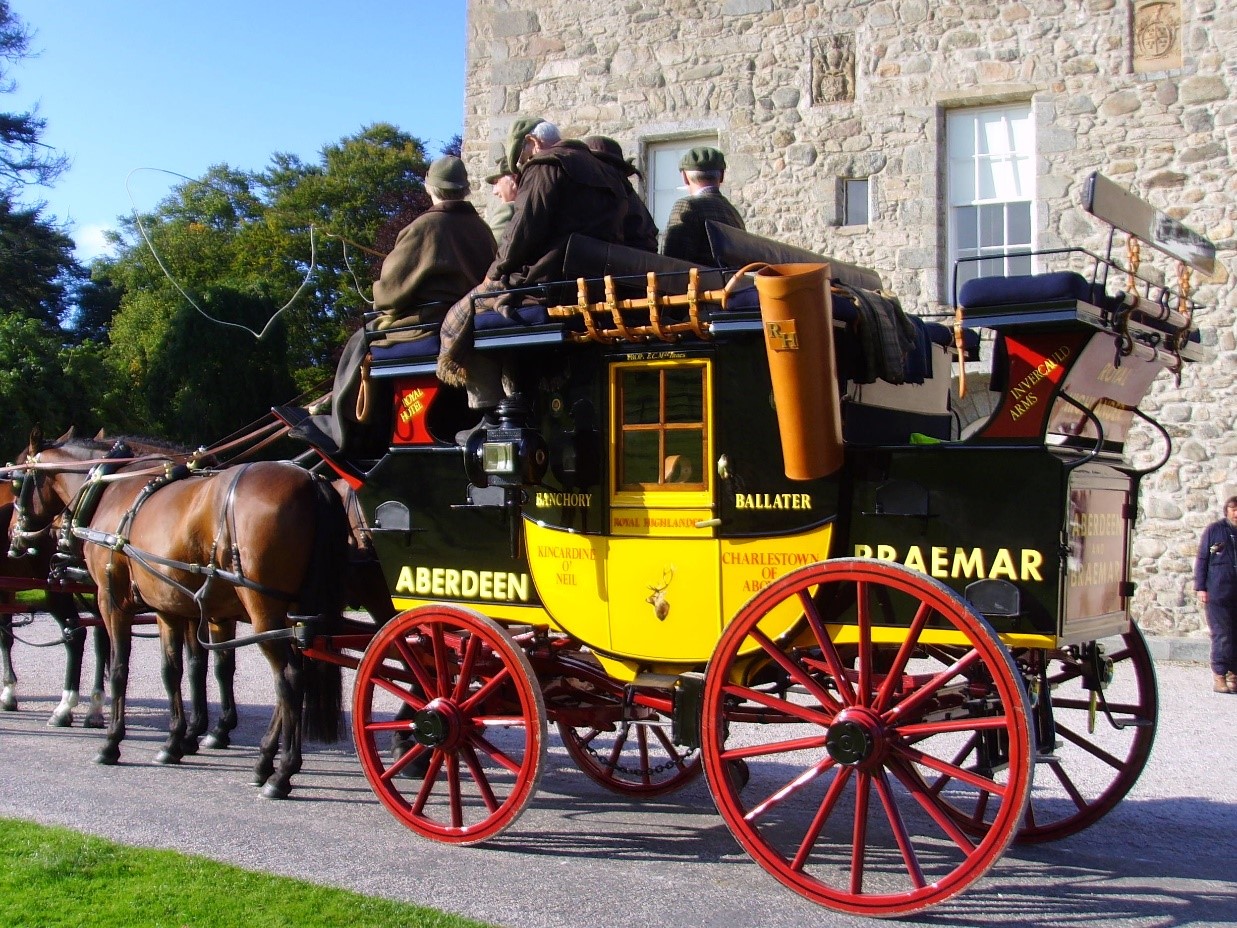The Ferries – 1820 – 1860 The Post Office, Competition, The Railways
| < The Trustees | Δ Index | 1863 – 1883 Private Hands > |
One of the government departments which had pushed for the 1809 improvements, was the army, the other was the Post Office, because the ferry carried mail on the route from Edinburgh to Perth, and the Highlands.
In exchange for the government contribution of half the capital cost, no charge was to be made for carrying members of the armed forces, or military goods and equipment, and no charge was to be made for carrying mail, or mail coaches, horses or riders, carrying mail or returning from delivery.
At first this seemed a reasonable request, as mail could easily be accommodated in the regular ferry schedule.
But that all changed in 1821, when the Post Office decided that the last mail should leave Edinburgh at midnight, to arrive in Perth by 6.00 am (with a corresponding return service leaving Perth at midnight to arrive in Edinburgh by 6.00 am.)
This meant a ferry crossing heading north at 1.00 am (when the mail coach reached the Hawes Pier), and a southward crossing at about 4.30 am, well outside the normal operation which was restricted to the hours of daylight.
Arguments over the clause in the 1809 Act raged back and forward between the Post Office and the Trustees for thirty years.
The Trustees had to keep a crew on permanent night-shift, just to handle the mail.
In return the Post Office grudgingly paid an annual fee of £200 to defray costs.
They then demanded that mail be carried by steam ship, as this was would be more reliable, especially in bad weather.
The trustees retorted that it was not possible to navigate a steam-ship at night.
They did however win a minor concession in the form of an eight-year lump-sum advance of the Post Office annual fee.

With this sum of £1,600 they were able to extend the Town Pier in North Queensferry, and to purchase a larger sailing ship, which allowed carriages to run on and off the pier, whereas formerly they were hoisted on and off the boats!
It was also able to carry larger herds of cattle and horses, which formed a major part of the ferry traffic.
Meantime the steam-ship “Queen Margaret” carried passengers and freight during daylight hours, and towed one two or even three barges; but she had been build using unseasoned timbers, which gradually soaked up water, reducing her buoyancy, increasing her draught, and slowing her down. At low tide she was restricted to using the Longcraig Pier at South Queensferry.
Captain Scott came to the rescue again.
In 1828, he took her out of service, and lengthened her bows by seven feet (about 2 metres). This reduced her draught by 8 inches (200 mm) and she sailed on for a further ten years until 1838, when she was replaced by the “William Adam” (named after one of the original trustees.)

The Queensferry Passage Report of 1836 discusses the purchase of a new steamship.
The rival Broad Ferry crossing from Newhaven to Burntisland was always a threat to the Queensferry Passage,
and in 1848 it gained a serious advantage when a railway connection was established to each end of the crossing.
This caused a disastrous collapse in revenues, and by the early 1860s, the Trustees were in debt to the tune of £12,000.

The Trustees pleaded with the various railway companies to build connections to North and South Queensferry.
The rival companies – North British, Edinburgh and Glasgow, Edinburgh Perth and Dundee – argued among themselves as to the best route, while the trustees slipped deeper and deeper into debt.
By 1863, they could not afford to re-boiler the “William Adam” and so could not continue operations. They leased the passage to John Croall, a stagecoach operator, and sold “William Adam” to the North British Railway.
| < The Trustees | Δ Index | 1863 – 1883 Private Hands > |